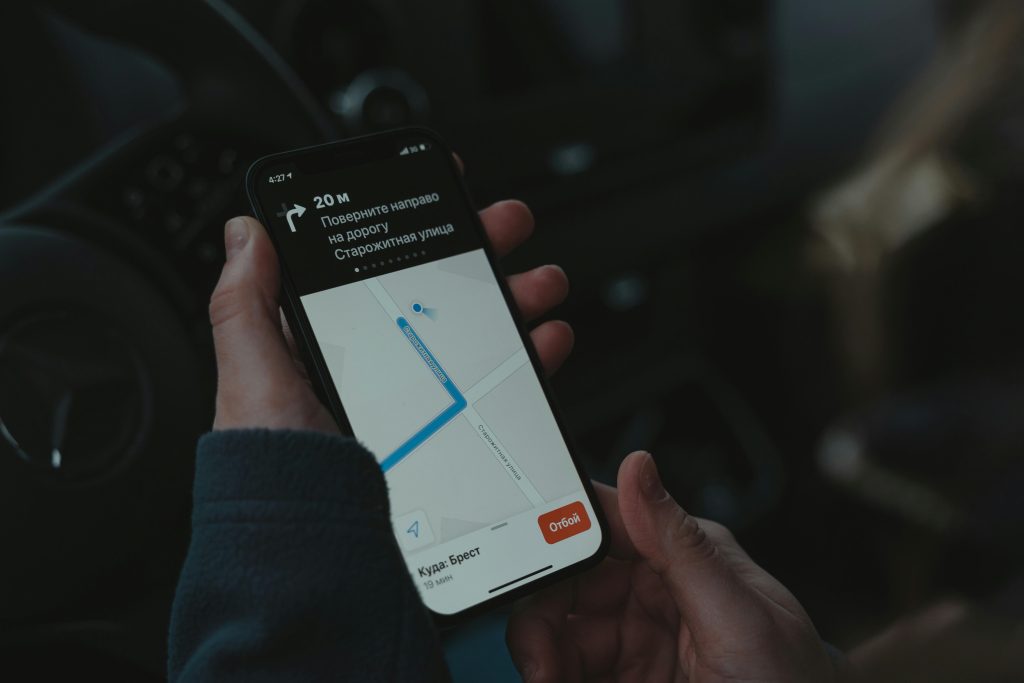Table of Contents
The Global Positioning System (GPS) has become an integral part of modern life, revolutionizing how we navigate, communicate, and interact with the world. From guiding drivers through unfamiliar streets to enabling precise agricultural practices, GPS technology has far-reaching applications that extend beyond simple location tracking. This article explores the history, functionality, applications, and future prospects of GPS, highlighting its significance in our daily lives.
Historical Development
The origins of GPS date back to the Cold War era when the United States Department of Defense sought to develop a satellite-based navigation system for military use. The first satellite in the GPS constellation, Navstar 1, was launched in 1978, marking the beginning of the system’s deployment. By 1993, the GPS network achieved full operational capability with 24 satellites, ensuring global coverage.
Initially, GPS was restricted to military applications, but in 1983, following the accidental downing of Korean Air Lines Flight 007, President Ronald Reagan authorized its use for civilian purposes. This decision paved the way for widespread adoption and the subsequent development of numerous commercial applications.

How GPS Works
GPS operates through a constellation of at least 24 satellites orbiting the Earth at an altitude of approximately 20,200 kilometers. These satellites continuously transmit signals containing their location and the precise time. A GPS receiver, such as those found in smartphones, cars, and handheld devices, picks up these signals and uses the time delay between transmission and reception to calculate its distance from each satellite.
By triangulating the signals from at least four satellites, the receiver can determine its exact position in three dimensions: latitude, longitude, and altitude. This process relies on highly accurate atomic clocks onboard the satellites and complex algorithms to account for factors such as atmospheric interference and relativistic time dilation.
Key Applications
One of the most common applications of GPS is in navigation systems for vehicles, aircraft, and ships. GPS provides real-time location data, enabling drivers and pilots to navigate efficiently and safely. It also plays a crucial role in logistics and fleet management, allowing companies to track and optimize the movement of goods.
2. Mapping and Surveying
GPS has revolutionized the fields of mapping and surveying by providing accurate geospatial data. Surveyors use GPS to measure land boundaries, create topographic maps, and conduct construction site surveys. The technology’s precision has significantly reduced the time and effort required for these tasks.
3. Agriculture
In precision agriculture, GPS technology is used to enhance crop management and increase yields. Farmers utilize GPS-guided equipment for tasks such as planting, fertilizing, and harvesting, ensuring that these activities are carried out with high precision. This results in more efficient use of resources and reduced environmental impact.
4. Emergency Response
Emergency services rely on GPS to locate and dispatch resources quickly. Whether it’s guiding ambulances to accident scenes, coordinating search and rescue operations, or tracking the movements of firefighters, GPS technology enhances the effectiveness of emergency response efforts.
5. Recreation and Fitness
GPS is widely used in recreational activities such as hiking, cycling, and geocaching. Fitness enthusiasts use GPS-enabled devices to track their workouts, monitor their progress, and share their achievements. The technology has also become an essential tool for outdoor enthusiasts, providing reliable navigation in remote areas.

Challenges and Limitations
Despite its many advantages, GPS is not without limitations. Signal obstruction by buildings, trees, and other structures can reduce accuracy, particularly in urban environments. Atmospheric conditions and interference from other electronic devices can also affect signal quality. Additionally, the reliance on satellite infrastructure makes GPS vulnerable to disruptions caused by space weather, such as solar flares and geomagnetic storms.
Future Prospects
The future of GPS looks promising, with ongoing advancements aimed at improving accuracy, reliability, and functionality. Some of the key developments include:
1. Next-Generation Satellites
The deployment of next-generation GPS satellites, known as GPS III, promises enhanced signal strength, improved resistance to jamming, and increased accuracy. These satellites will also feature better interoperability with other global navigation satellite systems (GNSS) such as the European Union’s Galileo, Russia’s GLONASS, and China’s BeiDou.
2. Augmented GPS
Augmented GPS systems, such as the Wide Area Augmentation System (WAAS) and the European Geostationary Navigation Overlay Service (EGNOS), provide additional correction signals to enhance accuracy. These systems are particularly useful in applications requiring high precision, such as aviation and surveying.
3. Integration with IoT
The integration of GPS with the Internet of Things (IoT) is expected to drive new applications and innovations. IoT devices equipped with GPS can enable advanced tracking and monitoring solutions across various industries, including logistics, healthcare, and smart cities.

4. Quantum Positioning Systems
Researchers are exploring the potential of quantum positioning systems (QPS) as an alternative to GPS. QPS relies on quantum mechanics to provide ultra-precise positioning without the need for satellites. While still in the experimental stage, this technology holds promise for applications where GPS is currently limited.
Conclusion
GPS has become a cornerstone of modern navigation, impacting countless aspects of our daily lives and industries. Its ability to provide precise location data has transformed navigation, mapping, agriculture, emergency response, and recreational activities. As technology continues to advance, GPS will undoubtedly evolve, offering even greater accuracy, reliability, and new possibilities for innovation. The future of GPS promises to keep us connected, informed, and moving forward in an increasingly complex world.
4o
